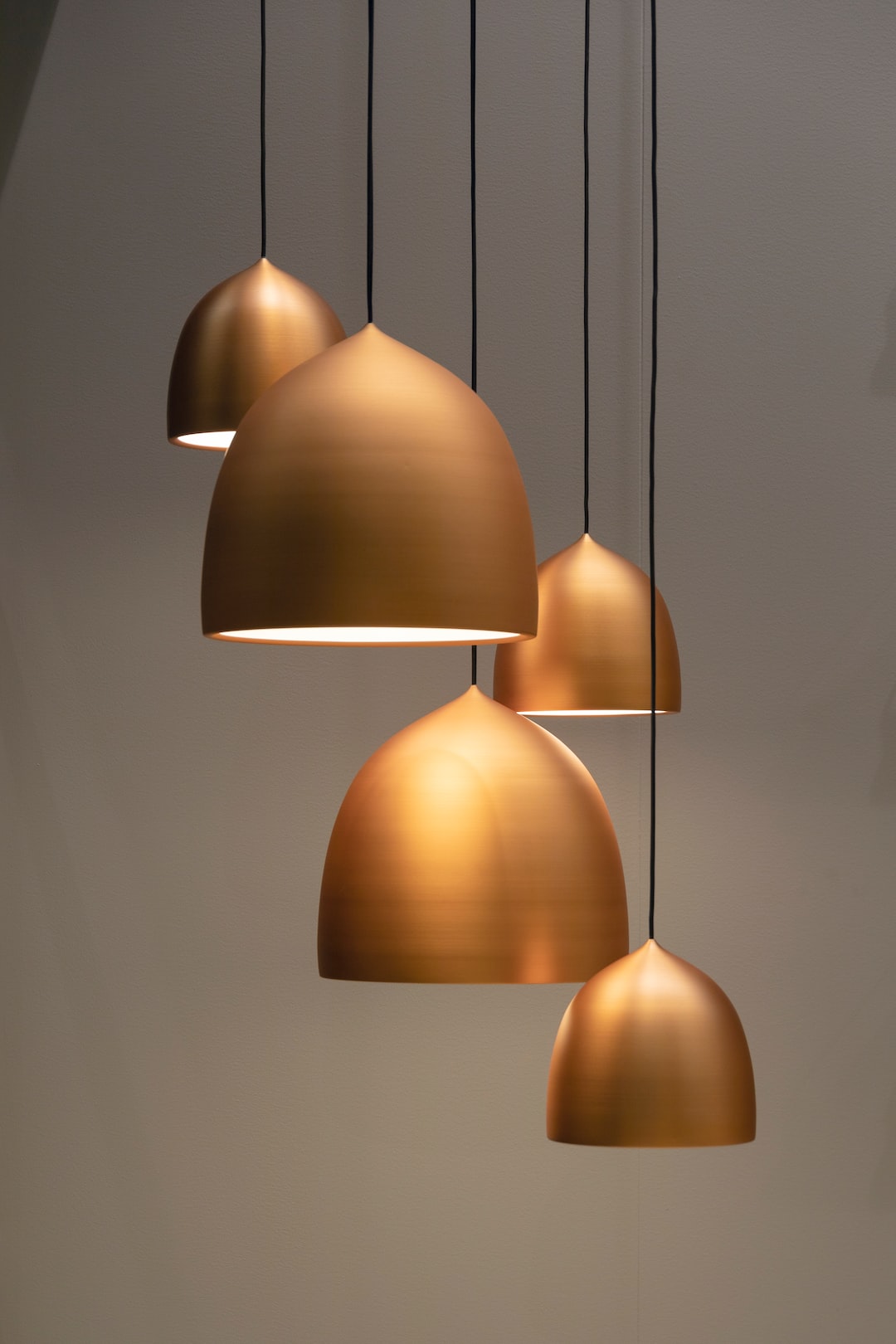Exploring Cultural Influences in Interior Design
Interior design has evolved significantly over the years, with various styles, trends, and influences shaping the way we decorate and arrange our living spaces. One fascinating aspect of interior design is the influence of different cultures, which contributes to the diversity and individuality we see in homes around the world. From traditional to contemporary aesthetics, cultural influences play a significant role in creating unique and extraordinary interior designs.
Culture, by definition, reflects the beliefs, behaviors, and values of a particular group of people. It encompasses their heritage, history, customs, arts, and social institutions. When it comes to interior design, cultural influences are evident in the choice of materials, colors, patterns, and even the arrangement of furniture. Let’s delve deeper into this intriguing topic to understand how culture influences interior design, and how you can incorporate these influences to create a space that reflects your personal style.
One of the most prominent ways culture influences interior design is through the use of colors. Colors have particular meanings and significance in different cultures. For example, red is often associated with luck and prosperity in Chinese culture, while white symbolizes purity and peace in Western societies. By understanding the cultural connotations of colors, interior designers can create spaces that evoke certain emotions or set a particular ambiance.
Materials are another essential aspect of interior design that is influenced by culture. Every culture has its own traditional materials that have been used for centuries in construction and decoration. For instance, in Japan, the use of wood, bamboo, and paper is deeply rooted in their cultural heritage. Incorporating traditional materials in interior design not only pays homage to a culture but also adds a unique and authentic touch to a space.
Patterns and motifs are integral to cultural aesthetics and are often used in interior design to showcase a specific heritage. From intricate Arabic patterns to bold African prints, these designs add character and tell a story. By incorporating cultural patterns into the fabric, upholstery, or wallpaper, interior designers can create a visually stimulating and culturally diverse atmosphere.
Furniture arrangement is another area where cultural influences come into play. Different cultures have distinct preferences in how they arrange furniture, whether it’s centered around family gatherings or focused on creating an intimate setting for socializing. Understanding these cultural nuances allows designers to create spaces that are not only aesthetically pleasing but also functional and reflective of a particular culture.
One of the most exciting aspects of cultural influences in interior design is the fusion of different styles. In today’s globalized world, it is increasingly common to see a blending of cultures and design aesthetics. This fusion creates unique and eclectic interiors that showcase our shared humanity and appreciation for diversity. Mixing traditional elements with modern design creates a harmonious balance between the old and new, resulting in one-of-a-kind spaces that reflect both personal style and cultural heritage.
To incorporate cultural influences into your own interior design, begin by conducting research on the specific culture or cultures you wish to incorporate. Explore their traditional materials, colors, patterns, and furniture arrangement techniques. This knowledge will help you make informed decisions while designing your space. Remember, the goal is not to recreate an exact replica but rather to draw inspiration and create a space that resonates with your personal style.
In conclusion, cultural influences in interior design have a profound impact on the way we live and experience our living spaces. From colors and materials to patterns and furniture arrangement, every aspect of interior design can be shaped by a specific culture or multiple cultures. By embracing and incorporating these influences, we can create spaces that reflect our individuality and celebrate the rich diversity of our world. So, let your creativity flow and explore the fascinating realm of cultural influences in interior design.

